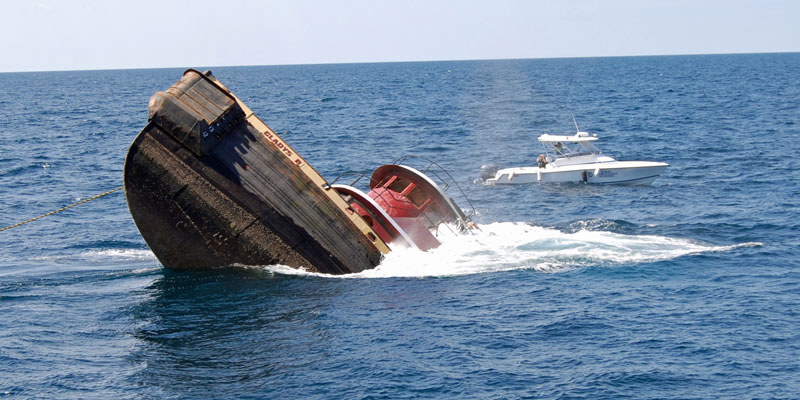Beachgoers got an unexpected surprise this week when a striking but stinging visitor appeared on the shoreline—a Portuguese man o’ war. The jellyfish look-alike was spotted stranded on the sands of Orange Beach, as reported by the City of Orange Beach Coastal Resources Division on Facebook.
Though often mistaken for a jellyfish, the Portuguese man o’ war is actually a siphonophore—a floating colony of genetically identical organisms called zooids that function together as one. Its colorful, balloon-like float can rise several inches above the water, while its tentacles can trail up to 100 feet below the surface.
The National Ocean Service says that despite its delicate appearance, marine scientists warn that the man o’ war can still deliver painful stings long after it washes ashore. Experts advise beachgoers to avoid touching the creature, even if it appears lifeless, as its venomous tentacles remain active and can cause severe discomfort.
Found primarily in tropical and subtropical waters, the Portuguese man o’ war drifts with the wind and ocean currents, sometimes arriving in large groups. Its sting paralyzes small fish and crustaceans, but it can also inflict painful welts on humans.
If you happen to see one, whether in the water or washed up on shore, scientists say it’s best to give it plenty of space and avoid contact. Though stings are rarely life-threatening to people, they are far from pleasant.
For now, the unexpected visitor has served as both a cautionary tale and a fascinating marine biology moment. It is just another reminder that the Gulf is full of surprises—some of them with tentacles.
Sherri Blevins is a writer for Mountain Valley News and a staff writer for Yellowhammer News. You may contact her at [email protected].












